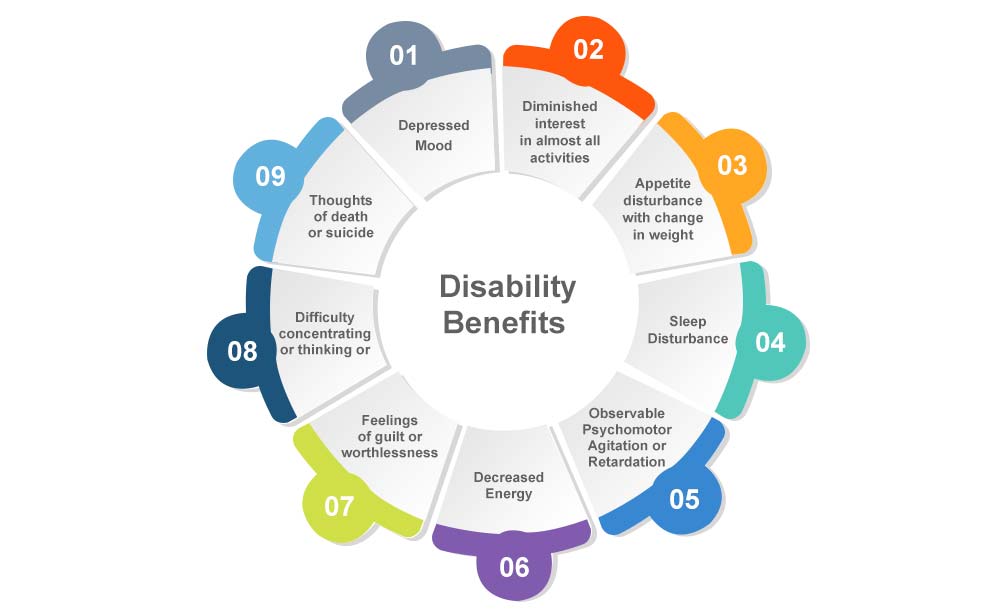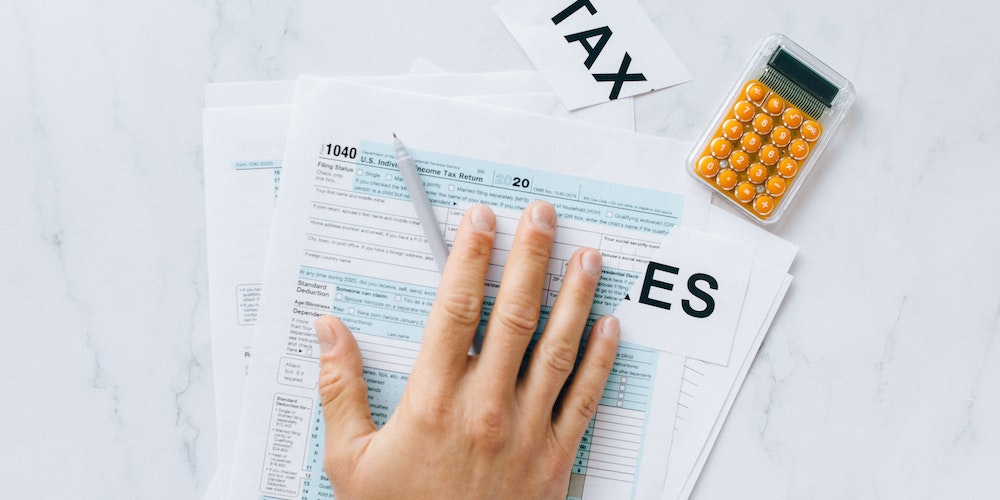Depression is a mental health impairment that affects millions of Americans and can range in severity from mild and occasional to serious and persistent. Because the experience of depression varies so widely among those living with it, the Social Security Administration (SSA) requires that any person filing a Social Security Disability (SSD) must meet certain criteria to qualify for monthly SSD benefit payments.
This blog post explains both how the Social Security Disability administrator determines the amount of your monthly SSD benefit payment and what criteria a person with depression must meet to be deemed disabled under the SSD rules.
Here at Liner Legal Disability Law Office, we devote our professional law practice to helping disabled people living in Ohio get the disability benefits they deserve. Whether need help applying for approval of SSD or SSI benefits, or appealing a denial, we know from our own personal experience how complicated the disability benefits system can be.
We’re here to help you get your benefits.
The amount of money in monthly benefits you might receive from Social Security Disability Insurance (SSD or SSDI) is based primarily on your income over most of your working career rather than on the nature or relative severity of your impairment. Supplemental Security Income (SSI) disability benefit payment amounts are determined by a very different formula, but they are also based on income rather than on which disabling condition you are suffering from.
Determining the Amount of Your Social Security Disability Benefits
Social Security Disability Insurance benefits are paid exclusively to disabled people whose employment history is long enough and substantial enough to have accumulated enough “work credits.” Work credits are awarded at a rate of 1 per quarter (4 per year) of each year a person earns over a set amount of income and pays Social Security taxes, either from payroll deductions or through self-employment taxes.
People with enough work credits are eligible to apply for SSD benefits. Those who suffer from disabilities but do not have sufficient work credits to be eligible for SSD benefits can apply for Supplemental Security Income (SSI) benefits. (see note)
First, the SSD administrators look at the 35 highest earning years in your working career. Next, they index those highest 35 of your annual taxable earnings to adjust your income for inflation and increases in the cost of living over the years. Then they add the 35 resulting figures together and divide by 35 to get an average yearly income figure, and then divide that figure by 12 to reach your Average Indexed Monthly Earnings (AIME) figure.
Once the government sets your AIME figure, it runs that number through the following formula:
- Add 90 % of the first $1,024 of the AIME, plus
- 32 % of the amount between $1,024 and $6,172, plus
- 15 % of any amount above $6,172
- Round down that figure to the next lowest ten cents ($0.10) to finally arrive at what the SSD administrators call your Primary Insurance Amount (PIA).
- The PIA is the amount your monthly Social Security Disability benefit payment will be.
Will Your Depression Qualify You for Disability Benefits?
To understand whether your experience of depression is serious enough to qualify you to receive SSD or SSI payments, you need to know the Social Security Administration’s criteria for approving a depression disability claim.
Social Security defines a disability as “a medically documented physical or mental impairment that lasts or is expected to last 12 months (or result in death) and prevents the person from performing substantial gainful activities.”

For a claim for disability benefits based on depression to be approved, Social Security publishes that it wants medical documentation of at least 5 of the following:
- Depressed mood,
- Diminished interest in almost all activities
- Appetite disturbance with change in weight
- Sleep disturbance
- Observable psychomotor agitation or retardation
- Decreased energy
- Feelings of guilt or worthlessness
- Difficulty concentrating or thinking or
- Thoughts of death or suicide.
And the government wants to see additional medical documentation that your depression extremely limits one of the following functions in your life, or that you experience substantial limits of two of these functions:
- Understand, remember, or apply information
- Interact with others
- Concentrate, persist, or maintain pace
- Adapt or manage oneself.
Those functions are the ones that the government knows you need to be able to perform to maintain a steady job at a normal pace. If your experience of depression meets at least 5 of the symptoms shown in the first list above but you don’t have the extreme limitation of one or a substantial limitation of two functions in the second list.
you might still qualify for approval if you have a medically documented history of depression over at least 2 years with medical treatment and mental health therapy and psychological support. Or you could document still being in a “highly structured setting” that diminishes your symptoms. It’s important to remember that proceeding on the basis of your 2-year treatment history also requires evidence that you have only “marginal adjustment,” which means that you remain unable to adapt to changes in your environment or in your daily life activities.
Note: We explain how the government determines the number of your SSI benefits in another blog post.







